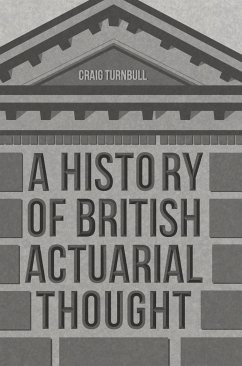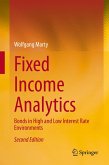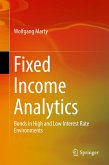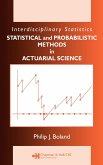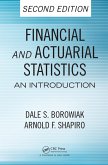A broad range of historically important actuarial topics are discussed such as the development of the blueprint for the actuarial management of with-profit business; historical developments in mortality modelling methods; changes in actuarial thinking on investment strategy for life and pensions business; changing perspectives on the objectives and methods for funding Defined Benefit pensions; the application of risk theory in general insurance reserving; the adoption of risk-based reserving and the Guaranteed Annuity Option crisis at the end of the 20thcentury.
This book also provides an historical overview of some of the most important external contributions to actuarial thinking: in particular, the first century or so of modern thinking on probability and statistics, starting in the 1650s with Pascal and Fermat; and the developments in the field of financial economics over the third quarter of the twentieth century. This book identifies where historical actuarial thought heuristically anticipated some of the fundamental ideas of modern finance, and the challenges that the profession wrestled with in reconciling these ideas with traditional actuarial methods.
Actuaries have played a profoundly influential role in the management of the United Kingdom's most important long-term financial institutions over the last two hundred years. This book will be the first to chart the influence of the actuarial profession to modern day. It will prove a valuable resource for actuaries, actuarial trainees and students of actuarial science. It will also be of interest to academics and professionals in related financial fields such as accountants, statisticians, economists and investment managers.
Dieser Download kann aus rechtlichen Gründen nur mit Rechnungsadresse in A, B, BG, CY, CZ, D, DK, EW, E, FIN, F, GR, HR, H, IRL, I, LT, L, LR, M, NL, PL, P, R, S, SLO, SK ausgeliefert werden.

